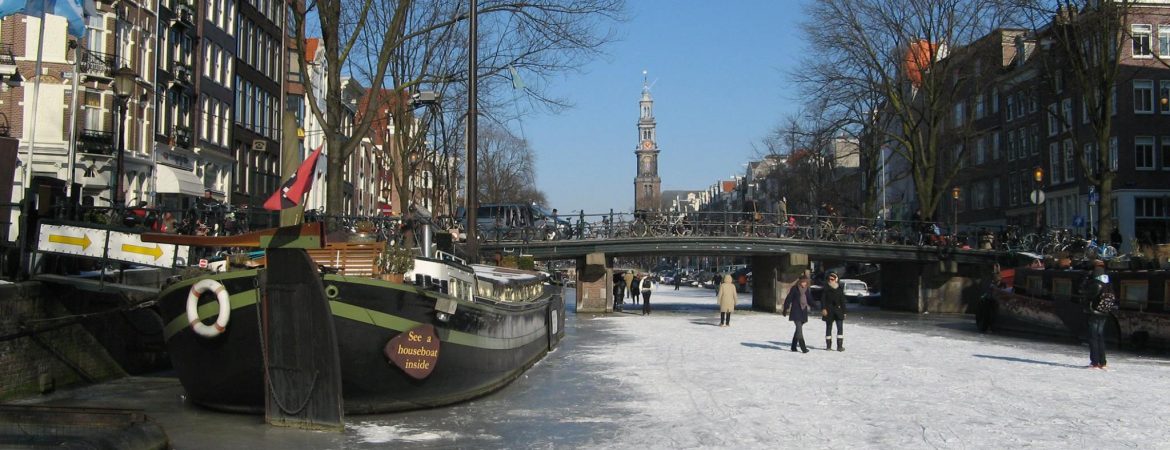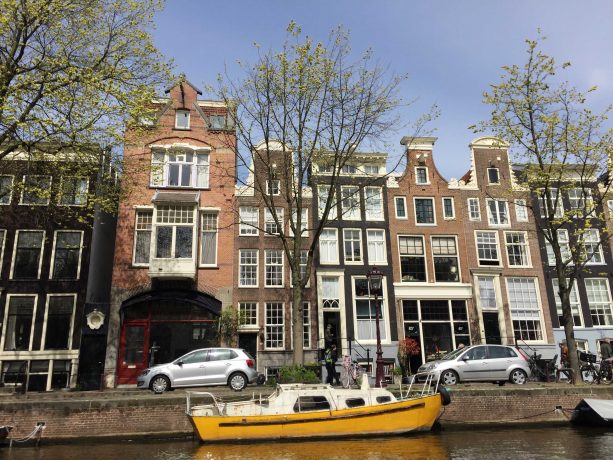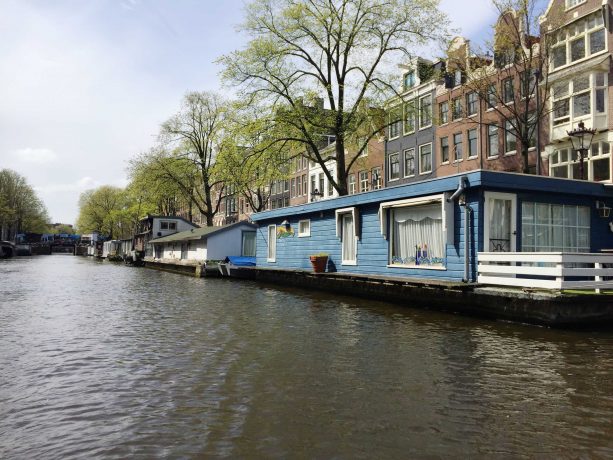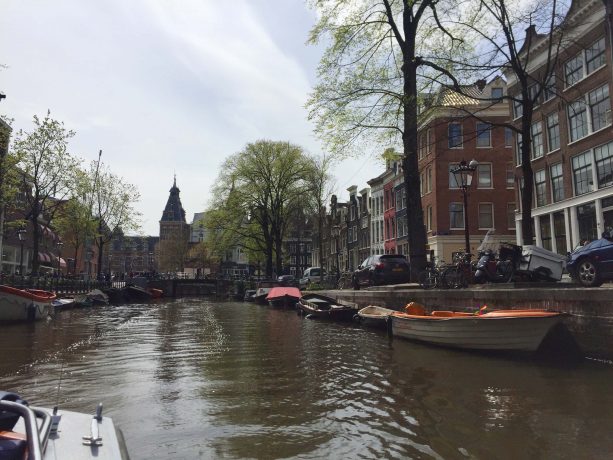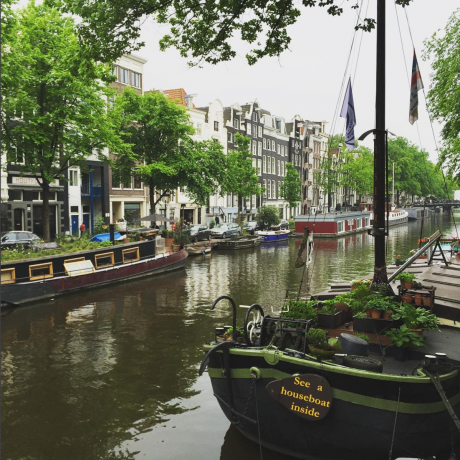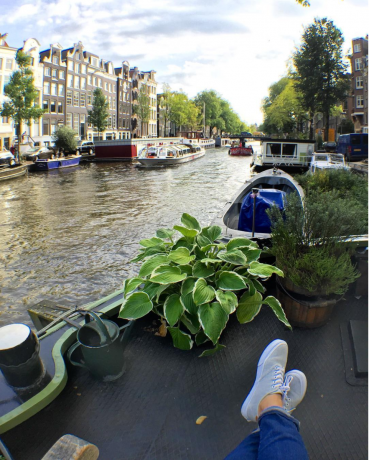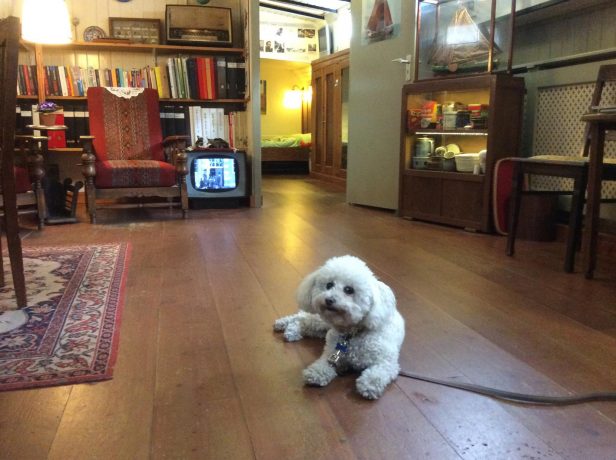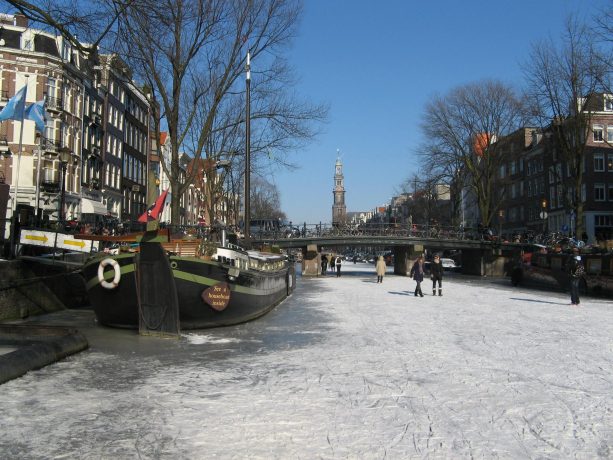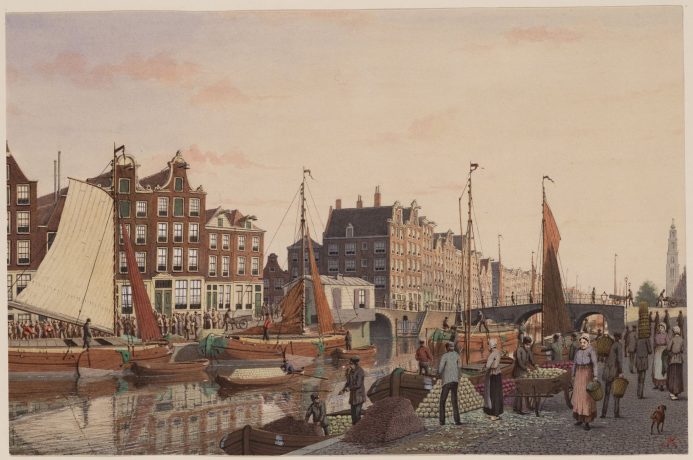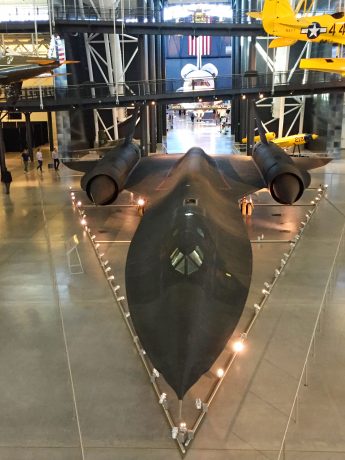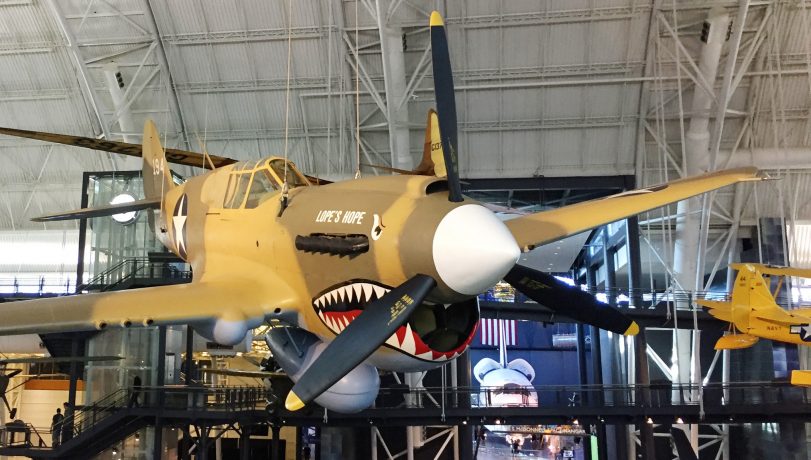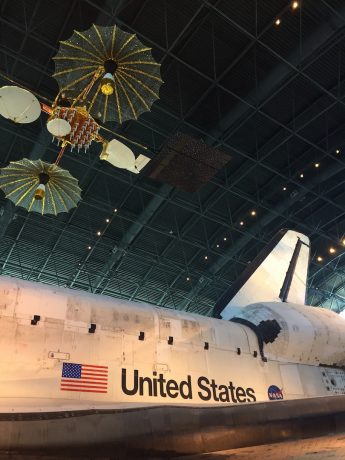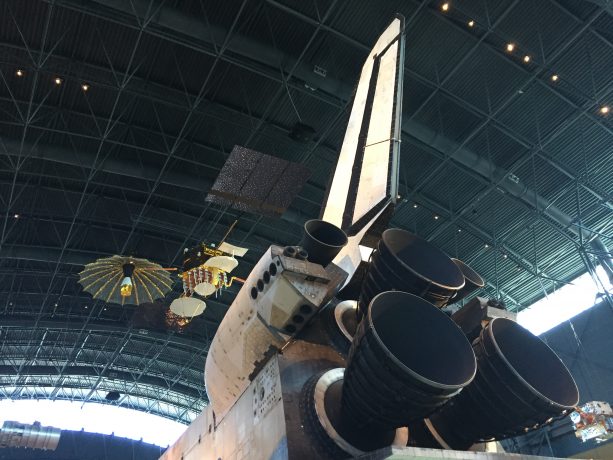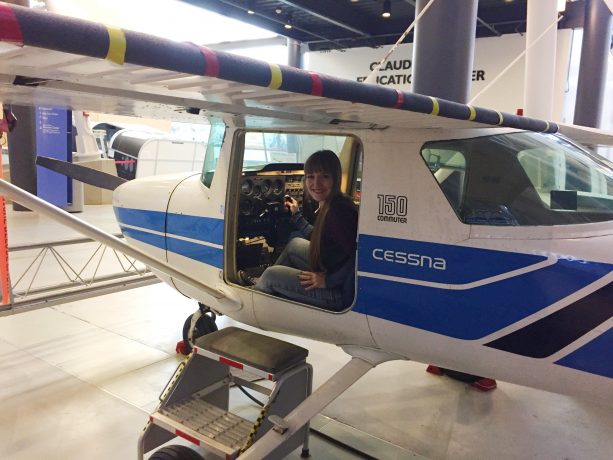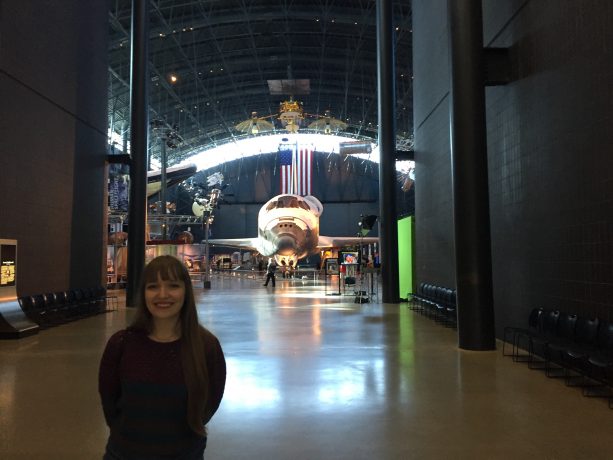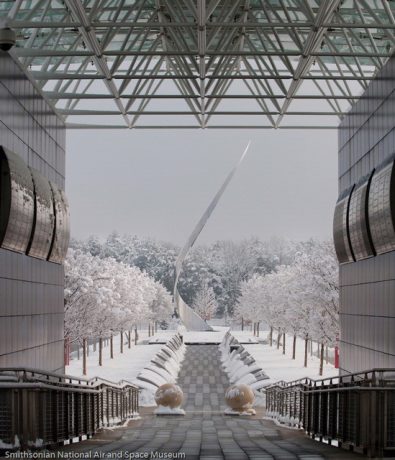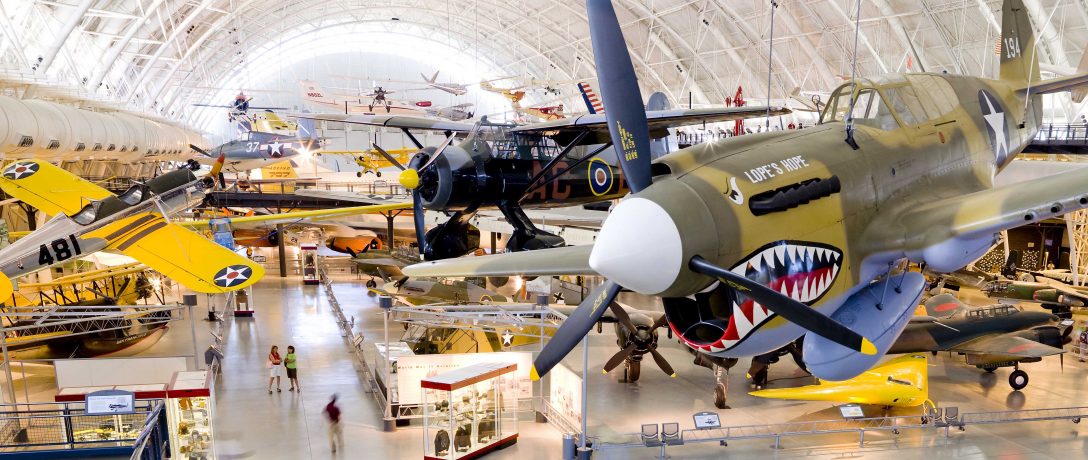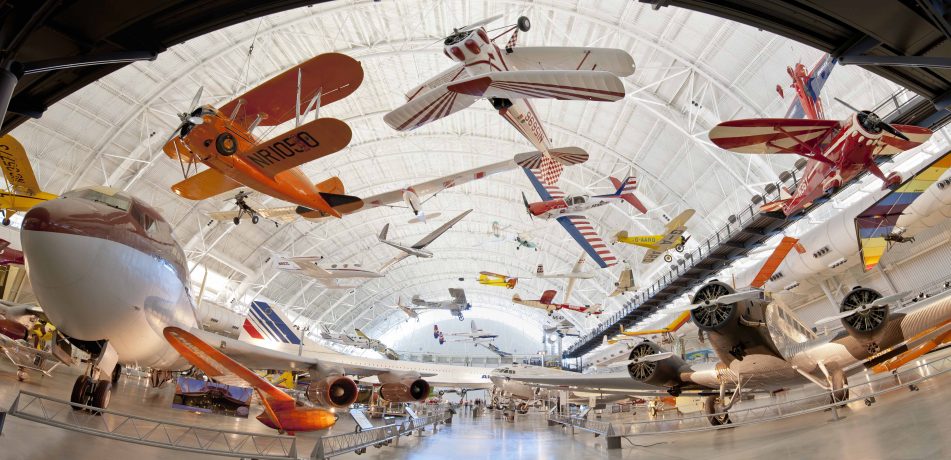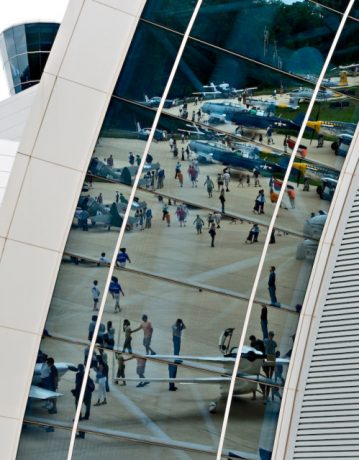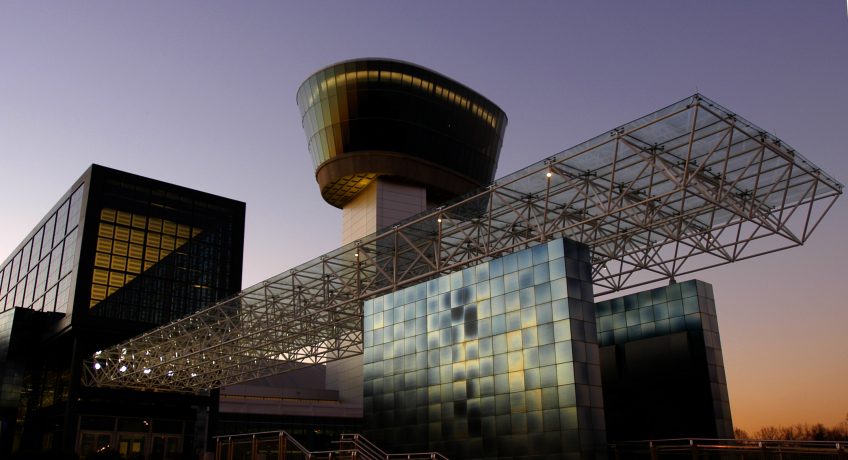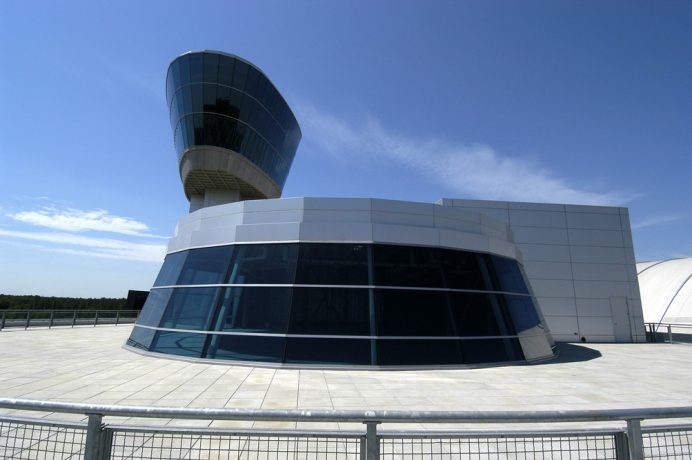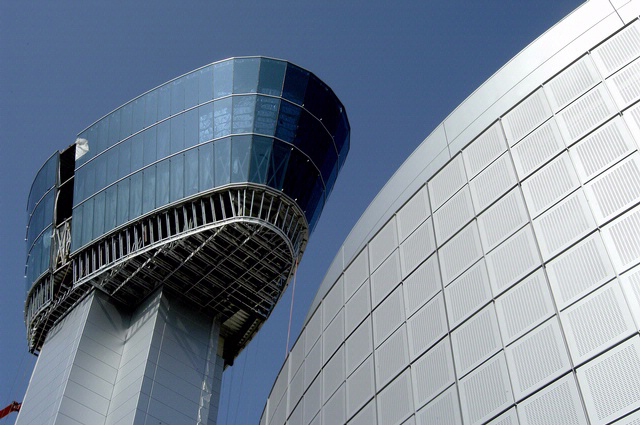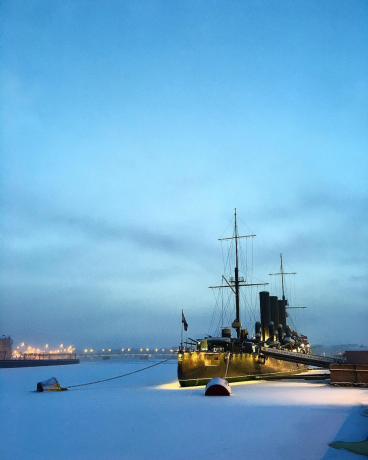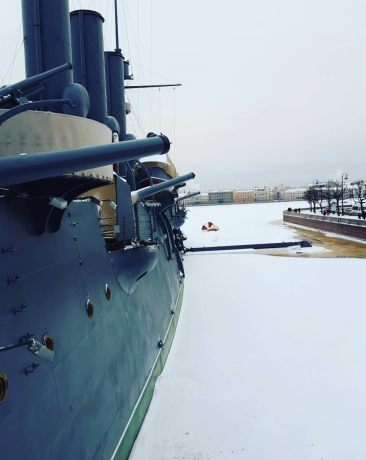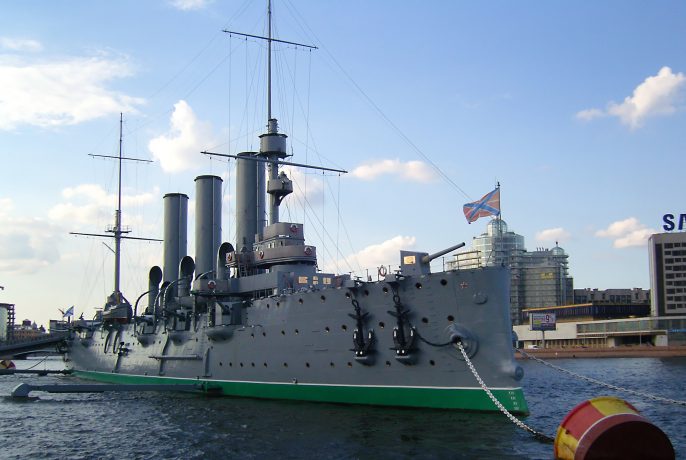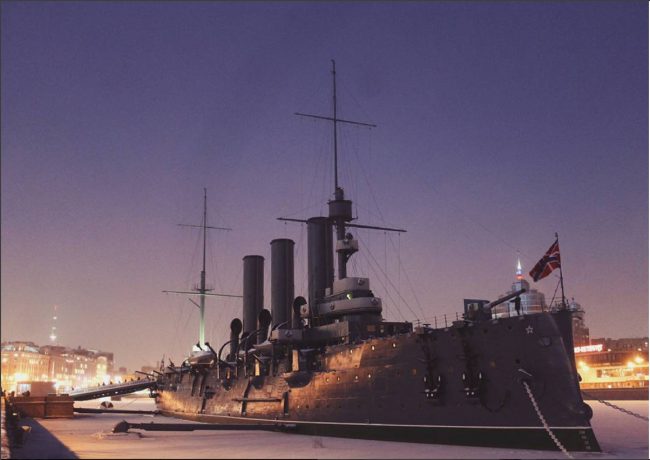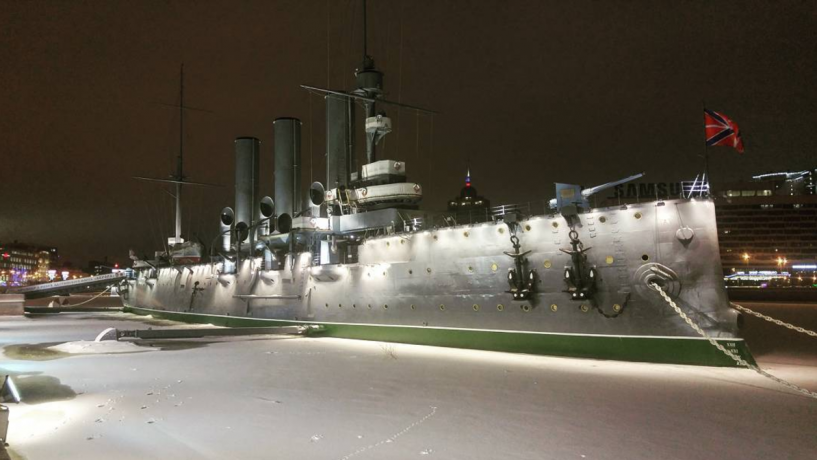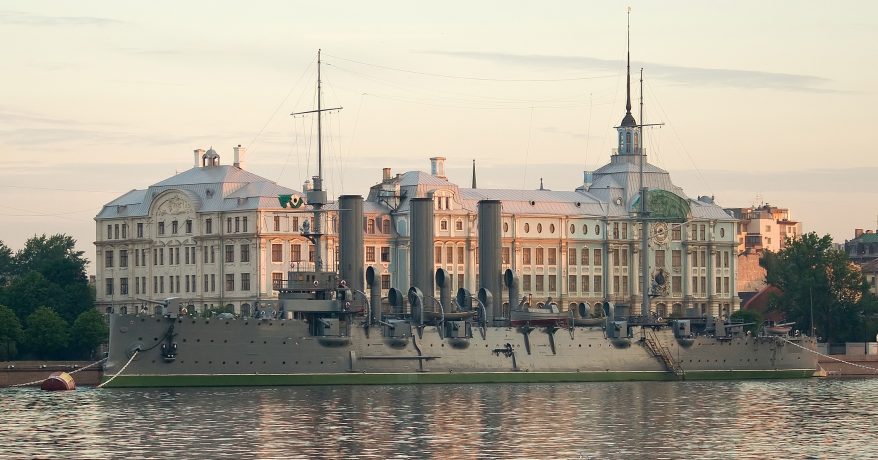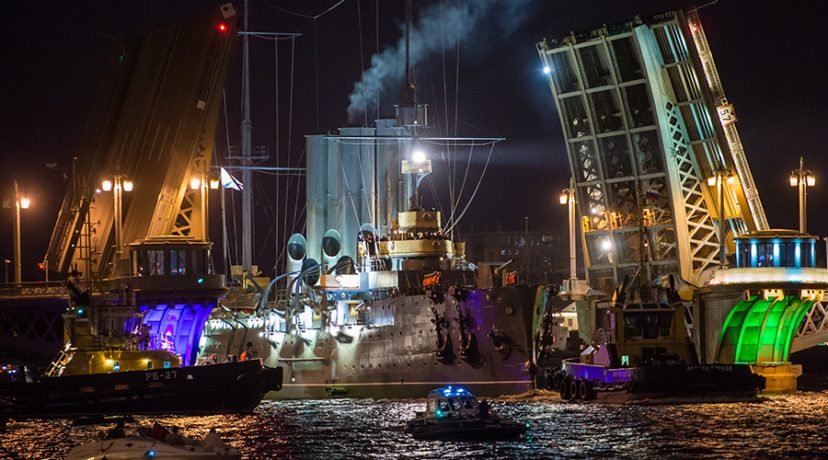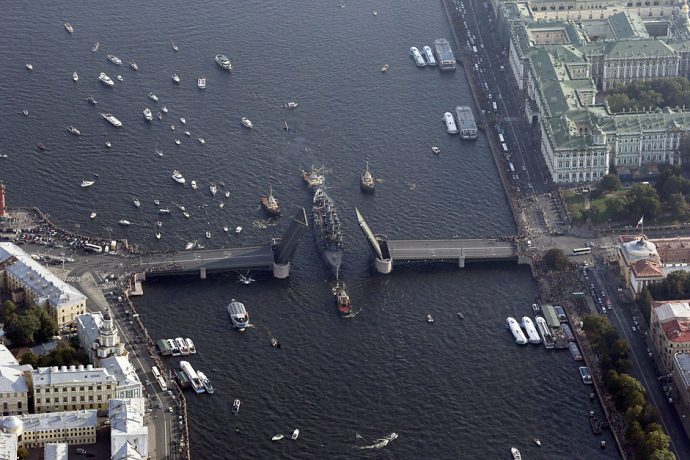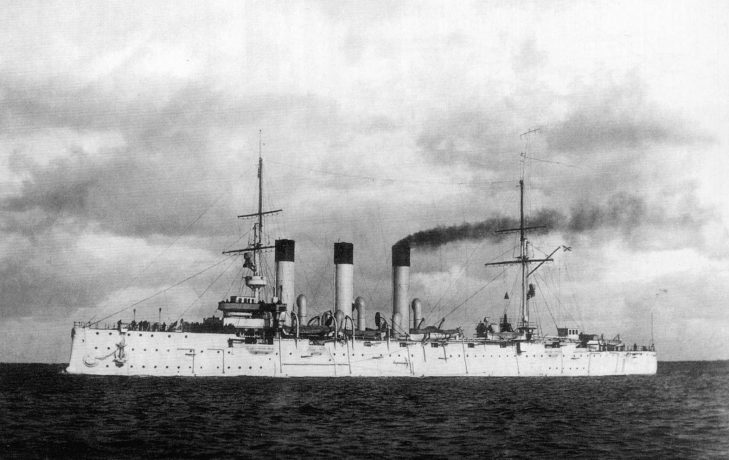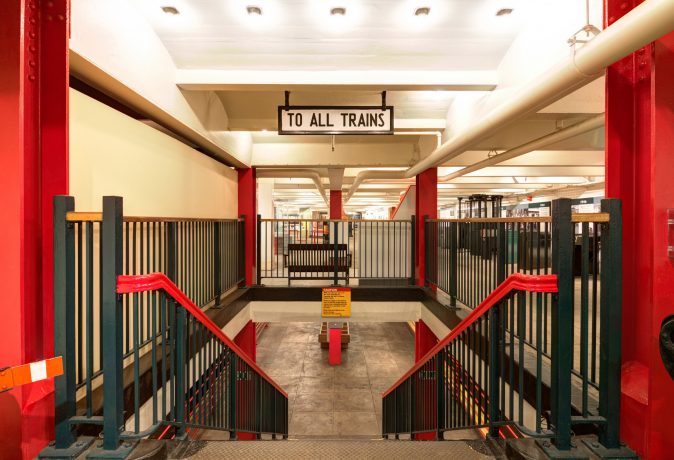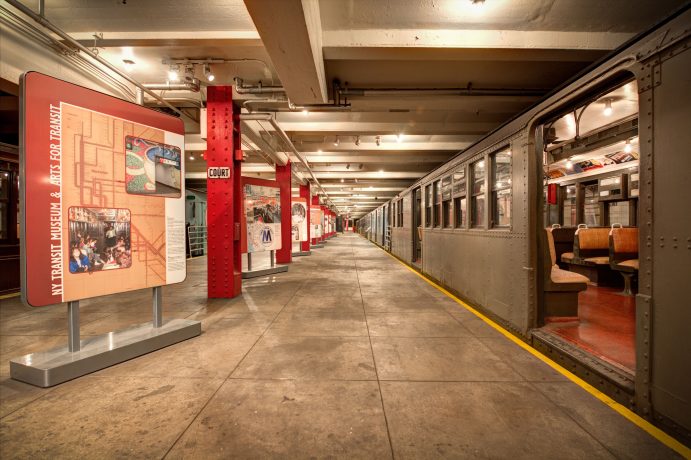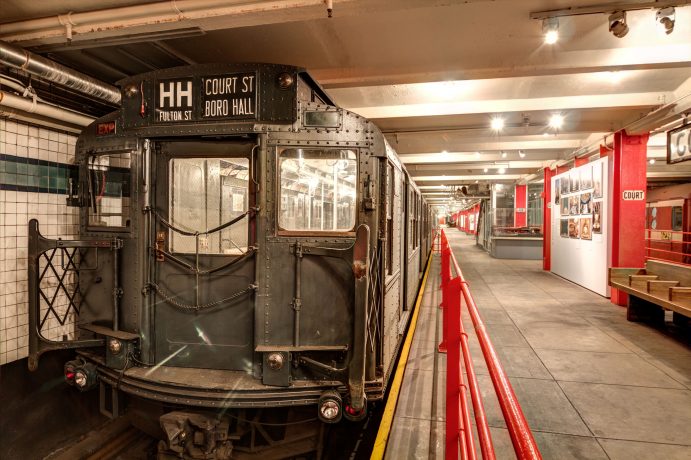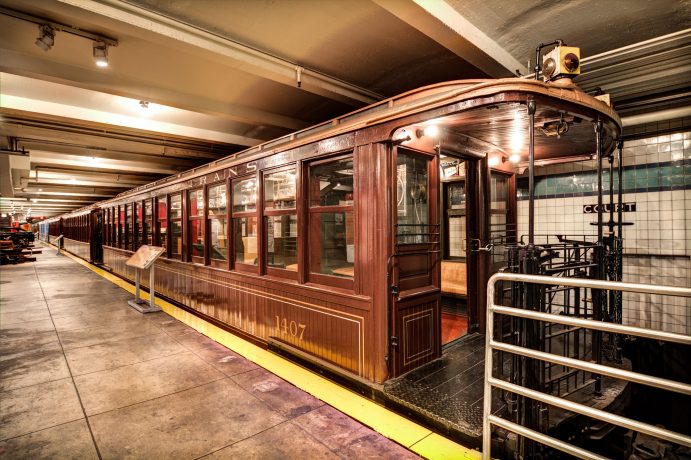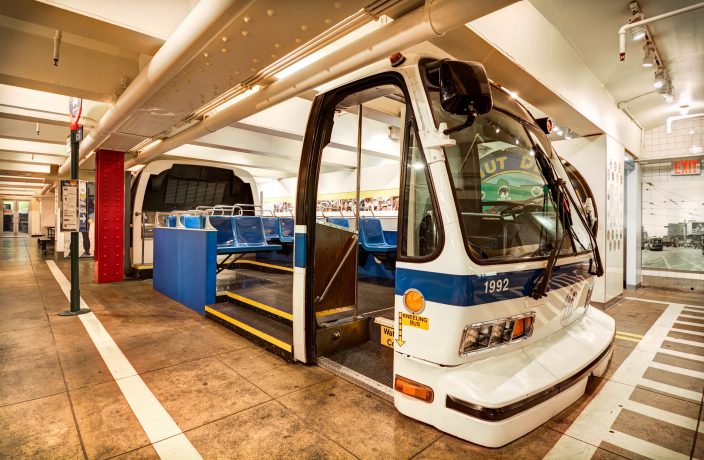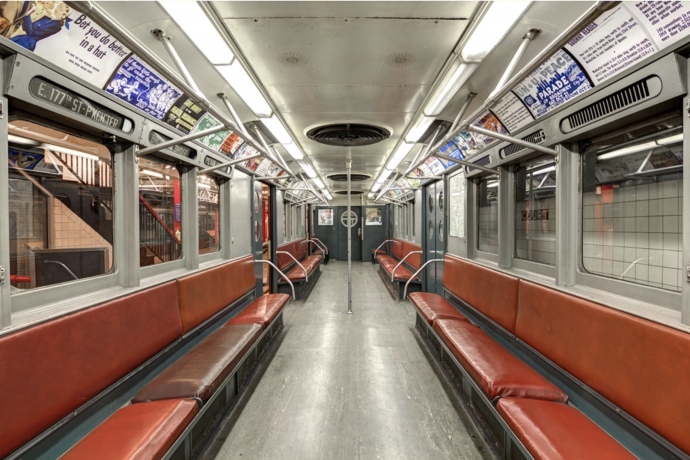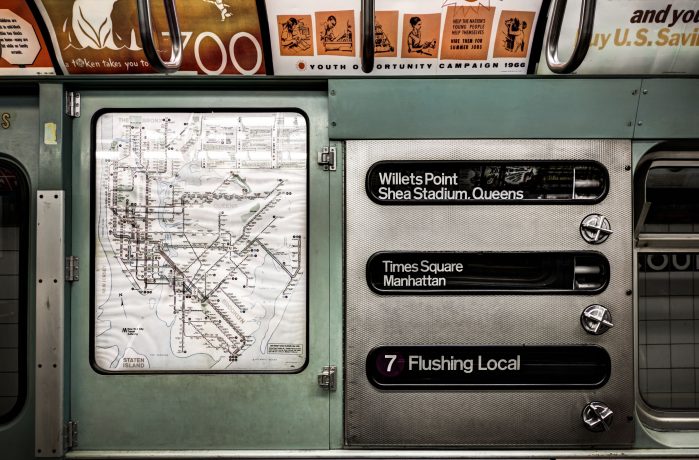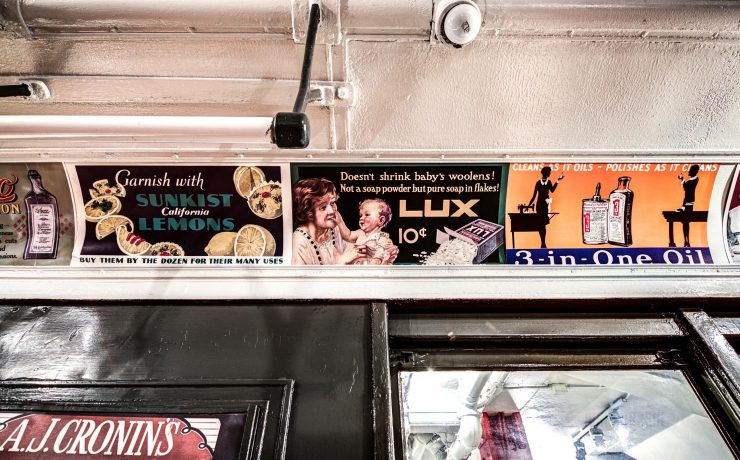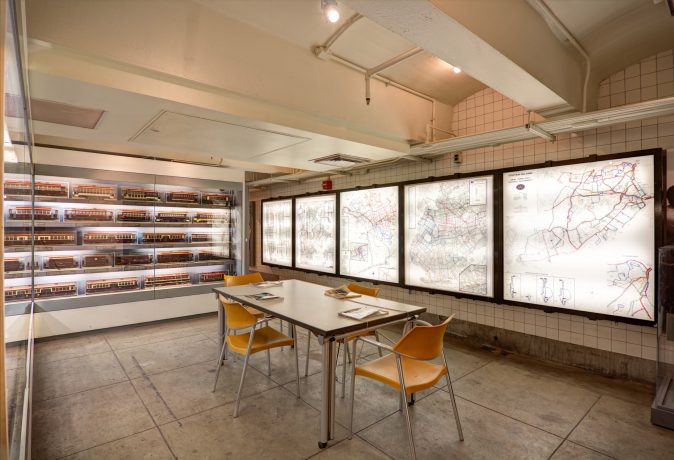As you know from SEE-ing our articles, we love museum architecture, cherish museum architects, get anxious over museum restorations and expansions. But we also love places becoming museums on their own right. So, what about visiting a ship that sparked the Russian Revolution, or a historic subway station in Downtown Brooklyn, a house-boat in the heart of Amsterdam or Washington Dulles International Airport hangars? It is possible, because these are museums, historical, one-of-a-kind spaces and their collections cannot be taken somewhere, only if the museums fly, sail or rail by themselves.
When in Amsterdam do as the Amsterdammers do! And we are not talking about anything illegal outside the Netherlands and California! We are talking about visiting the Houseboat museum, moored in the center of the city.
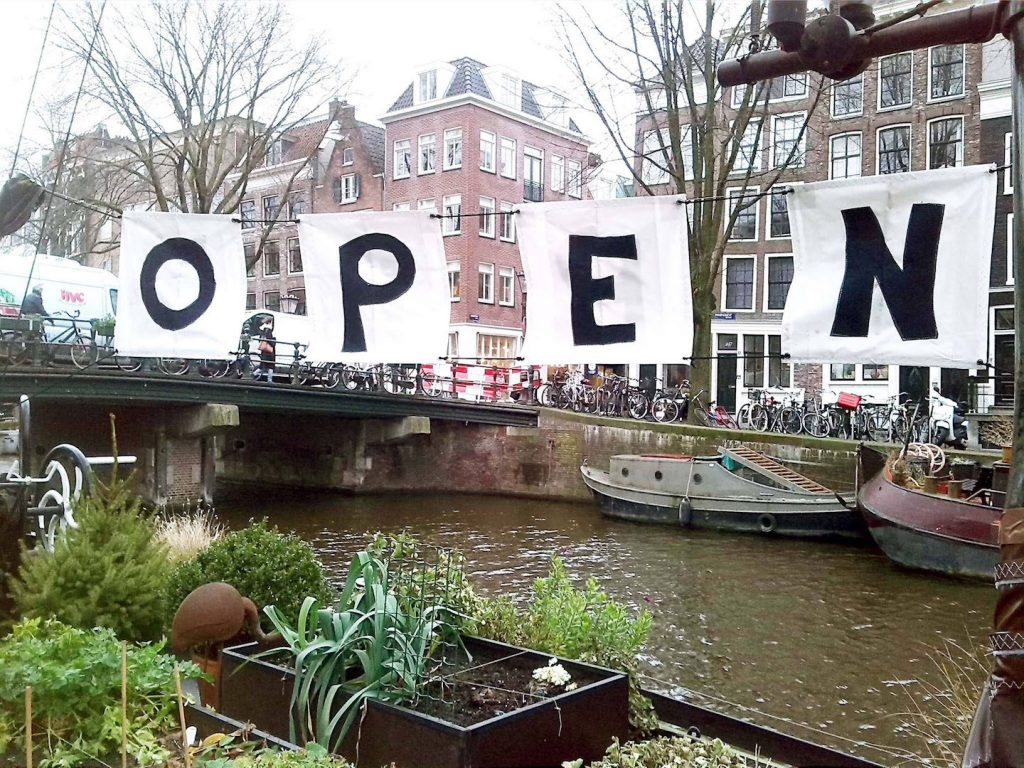
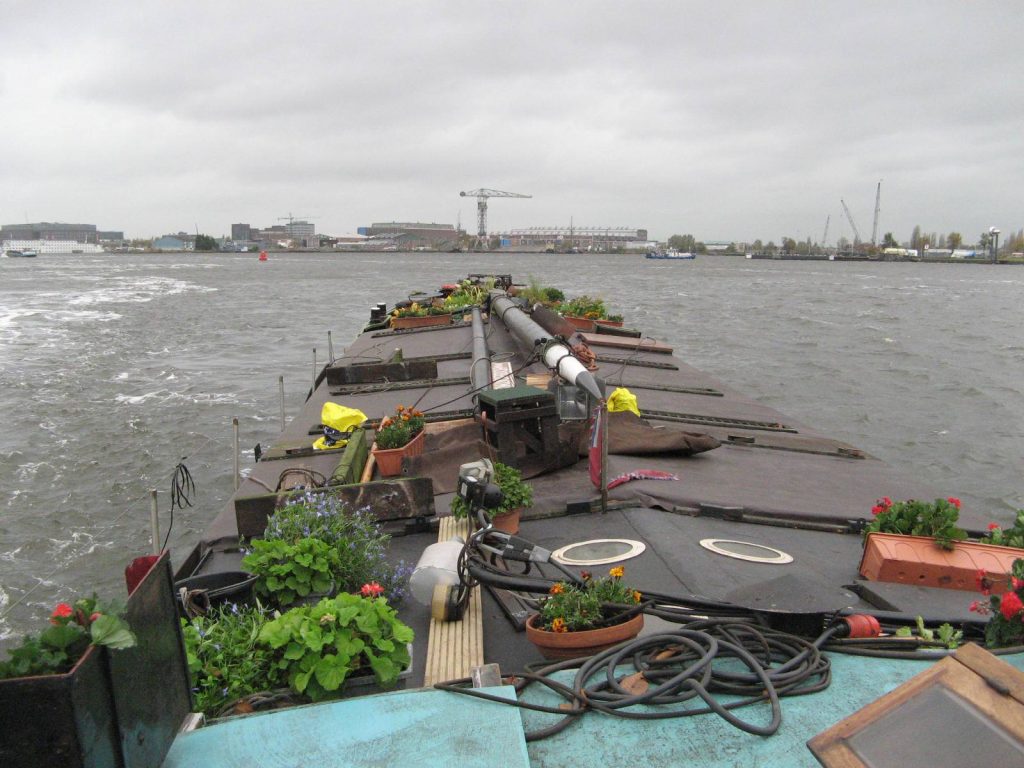
Boats with sleeping enclosures have existed for centuries, but this type of houseboats - created especially to stay at rest - became popular in 1950s when they started being mass-produced. Around that time, a freighter called “Hendrika Maria” was converted into a houseboat where a family lived for 30 years and, in 1997, the boat became a museum that you can visit on one of Amsterdam’s main canals. All seasons have their benefits, during autumn and winter you can experience how cozy and warm it is on a houseboat, during spring and summer you can also benefit from the nice weather while enjoying the view with a coffee on the deck.
“Being a houseboat owner I noticed how curious passers-by were about its interior. I was bombarded with questions, so appeared the idea to open up a houseboat to the public," stated Vincent van Loon, the founder. The museum is open all-year round, all seasons have their benefits, during autumn and winter you can experience how cozy and warm it is. During spring and summer you can also benefit from the nice weather while enjoying the view with a coffee on the deck. The museum is the epitome of Amsterdam - open-minded and free, so recently you could witness an underwear brand photo-shoot on board. That certainly got a lot of attention! The museum is only closed on holidays and 3 weeks in January, so come visit starting January 27, especially if you hold I Amsterdam City pass – the museum is included. The little ones love the museum too. As Vincent van Loon said, "it has a lot of things a normal house doesn’t have and is therefore an adventure to discover for kids (and for adults too by the way). Next to that, almost everything can be touched like at home. There is also a desk where kids can draw while parents drink coffee" A great way to reboot while discovering the city. We were most curious about spacing, but it appeared that the living space is equal in size to the average Amsterdam apartment – 80 m2 (861 square-foot), so it is not that tiny, although it won’t take you more than half hour to walk through the museum. We all know some beautiful things come in small packages!
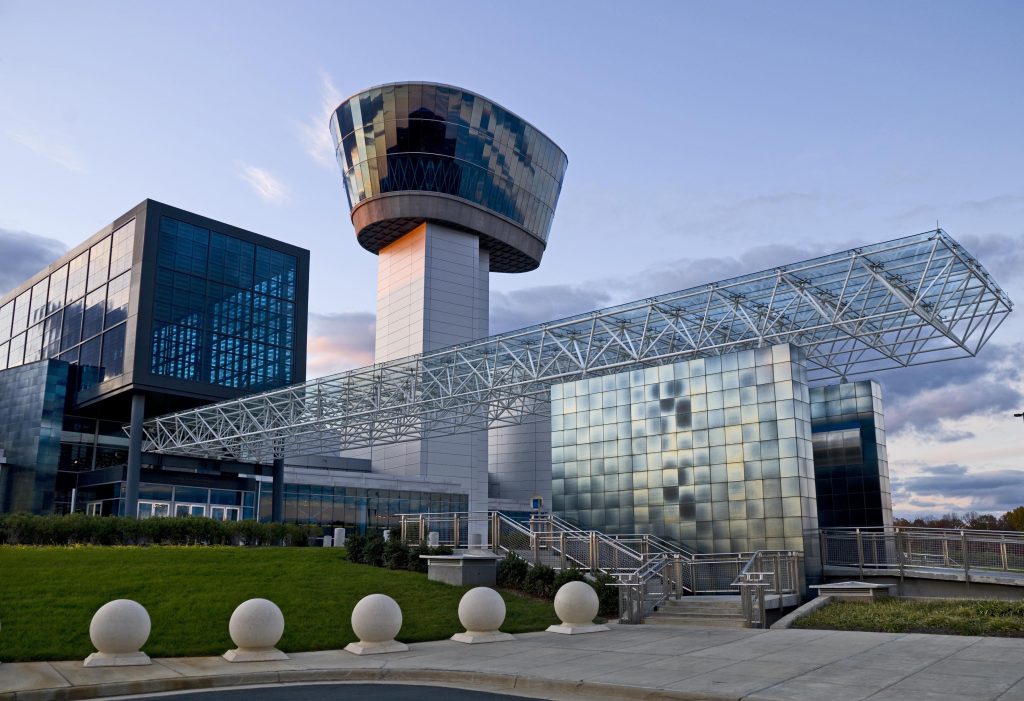
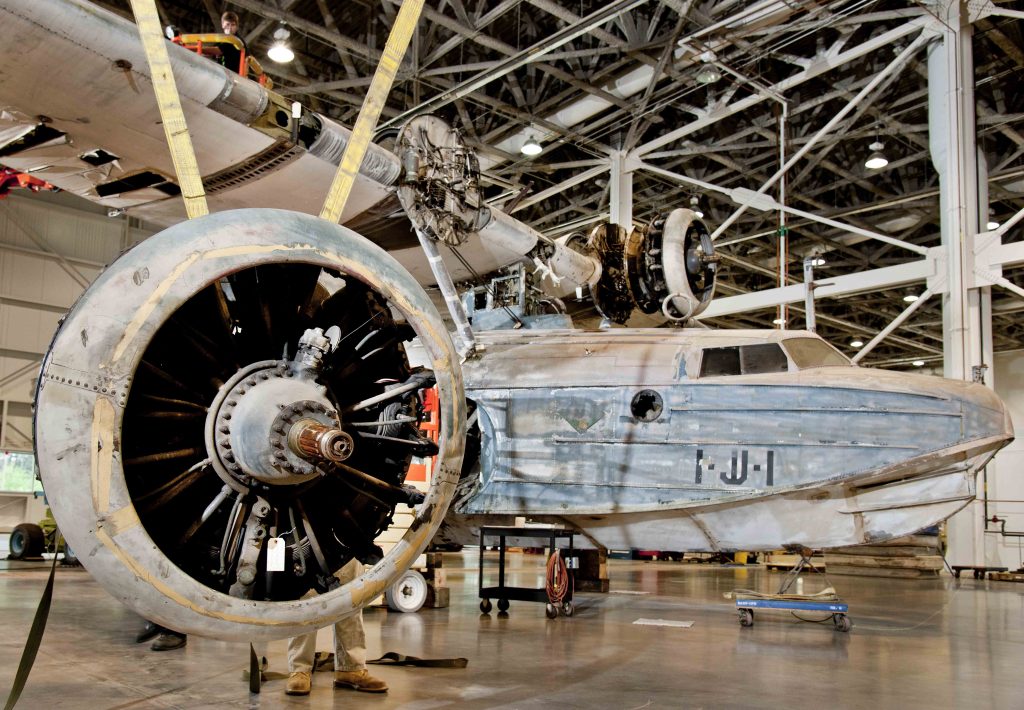
Other beautiful things come in huge packages, like hangars. Almost 100 times the size of a houseboat – 71,000 m2 (760,000-square-foot) facility we are talking about is the Smithsonian National Air and Space Museum’s location near Washington Dulles International Airport. You can visit the inspiring museum building in DC, but we would also suggest driving to Udvar-Hazy Center, especially if you are an aircraft or history enthusiast, if you want to take your kids to a mesmerizing place (disclaimer: they might want to become pilots or astronauts later) or if you want to spend a few hours prior to your flight in a unique setting.
Officially known as The Steven F. Udvar-Hazy Center, it was designed by HOK, firm that created the first National Air and Space Museum on the National Mall. The Washington D.C. museum lacked space and could not display thousands of aviation and space artifacts that in 2010 moved to a new home. So now we can visit part of the collection in DC and the grander items by the airport.
The highlights include a Lockheed SR-71 Blackbird, very similar to the one portrayed in a Steven Spielberg film “Bridge of Spies”, a magnificent supersonic passenger jet airliner Concorde, and the original breathtaking Space Shuttle Discovery. Another unique feature is the Observation Tower, which gives you a 360-degree bird's-eye view of Washington Dulles International Airport including runways and the surrounding area. The background audio accompaniment makes you feel like you are in a real airport control tower.
Moreover, you can visit an IMAX theatre to see films projected on a screen five-stories-high with six-channel digital surround sound, fly jet-age combat sorties in very realistic simulators, take your kids to discover how things fly and test their own paper airplane design or touch a real spacesuit and learn how ancient astronomers studied the stars through active, hands-on activities… Well, you get it: change your ticket and stay for one more night, because it is never enough time to walk through this fantastic museum!
Historical airplanes reminded us of a historical boat that you can visit in St. Petersburg: Cruiser Aurora - considered one of principal symbols of the 1917 Russian Revolution. As Soviet history books told us: the cruiser fired a shot signalling the revolutionaries to storm the Winter Palace, the seat of the Government. But in fact, a shot from the Aurora would have demolished not only the Winter Palace, but all streets around it, burying the revolutionaries under the rubble. In fact, the shot was blank and it was fired from a six-inch gun to forewarn vessels to be on alert for criminal activity. The exaggerated story was favored by the new communist government, as it showcased the fleet and the army supporting the revolution.
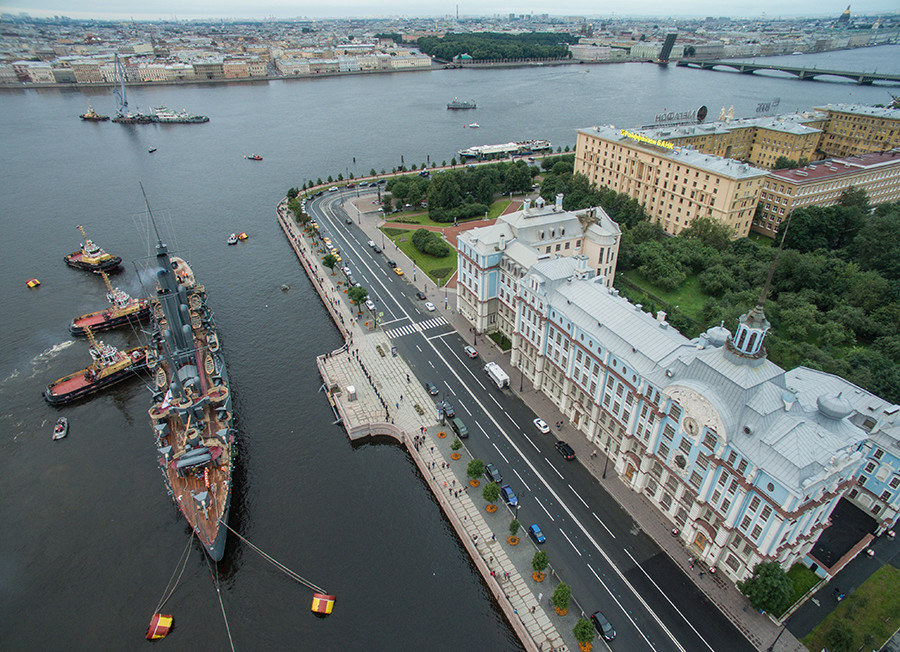
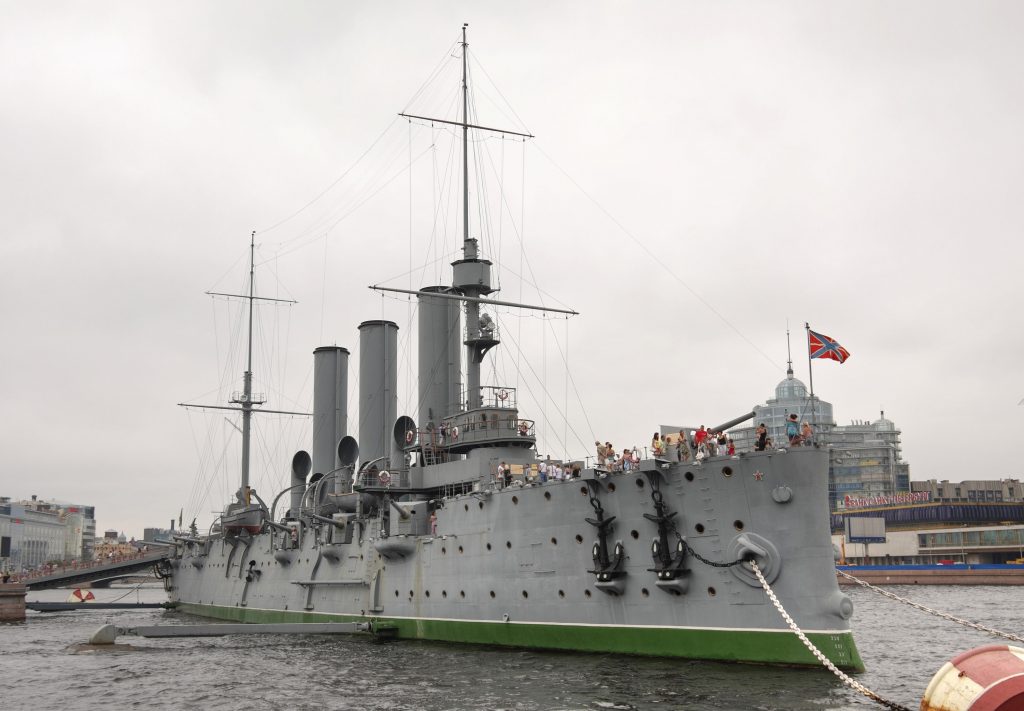
The Aurora story was secured a worldwide myth after the cruiser firing the shot was portrayed in a 1927 film “October: Ten Days that shook the World” by the pioneer of film theory and montage Sergei Eisenstein. Only when the Soviet archives were opened, historians learned that the actual cadets serving on the Aurora Cruiser that day testified that there was no shot aimed at the Winter Palace.
Even though the story of Aurora may not be so dramatic, it is still very impressive. It was built in 1900, participated in the Russian-Japanese war and was the only survivor of the fight that caused Russian surrender – the Battle of Tsushima, naval history's only decisive sea battle fought by a modern steel battleship fleet.
During the Second World War, the guns were taken from the ship and used in the land defense of St. Petersburg (Leningrad), it was seriously damaged by German air raids and ran aground. After major reparation, it became home to the Nakhimov Naval School, designed to educate the children of the sailors who had perished during the war.
In 1957, Aurora became a museum-ship that now gives visitors a chance to see what naval ships were like at the beginning of the 20th century and learn Russia’s history through shipbuilding. The beautiful myth gave us a precious museum – Aurora Cruiser that outlived the Tsar, two World Wars, the communists and still stands to tell its story in the center of St. Petersburg.
When the Aurora Cruiser first floated out, New York City started building the subway. You can feel the story in the New York Transit Museum. The first underground line opened on October 27, 1904; the fair was $0.05 and the first day 150,000 people tried the new means of transportation. Today, we cannot imagine NYC without the subway – it is the busiest rapid transit rail system in the Western world and the largest in the world by the number of stations.
The 20th century timeline of the city is inseparable from subway. From the speedy private development prior to the Great Depression, to creation of the transit rail workers’ union – the largest and most influential in the country up till now - to the comfortable chairs and first advertisement billboards in 1950s, to the crime-ridden atmosphere of the 1980s, to Cortlandt Street station collapse as a result of the 9/11 terror attacks, to the revival of 2000s making it one of the most accessible subways in the world. And the entire story can be witnessed in the New York Transit Museum housed in a historic 1936 subway station in Downtown Brooklyn.
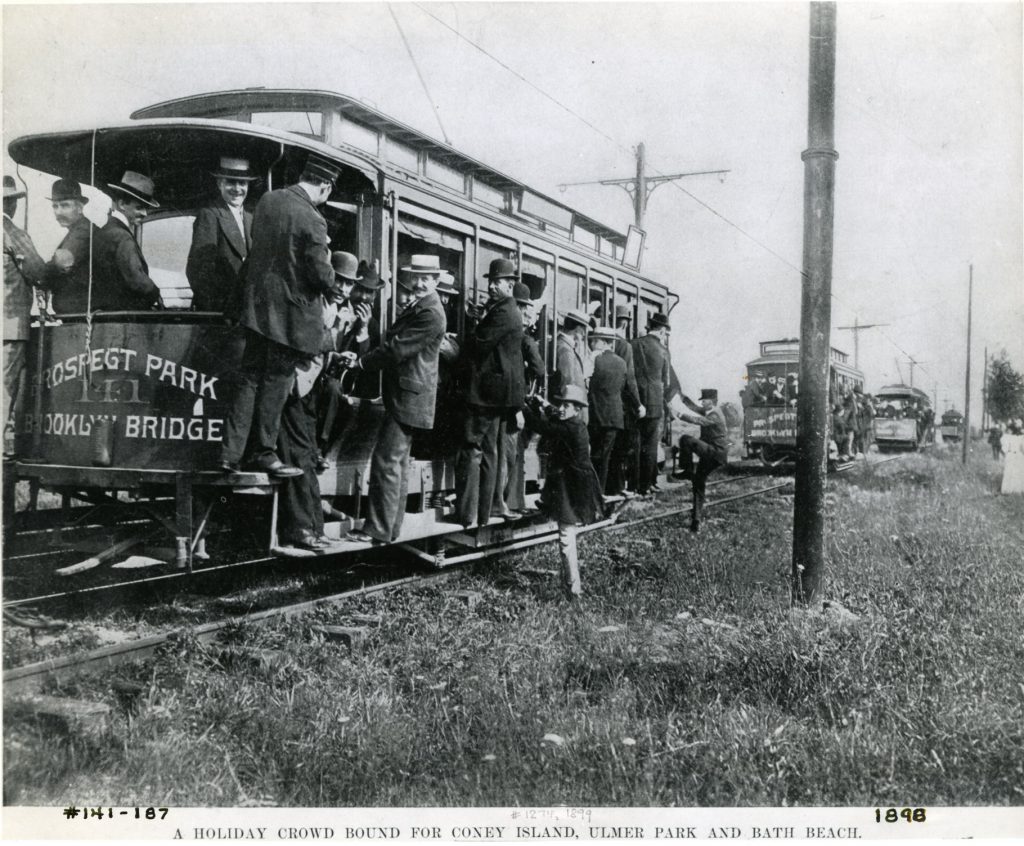
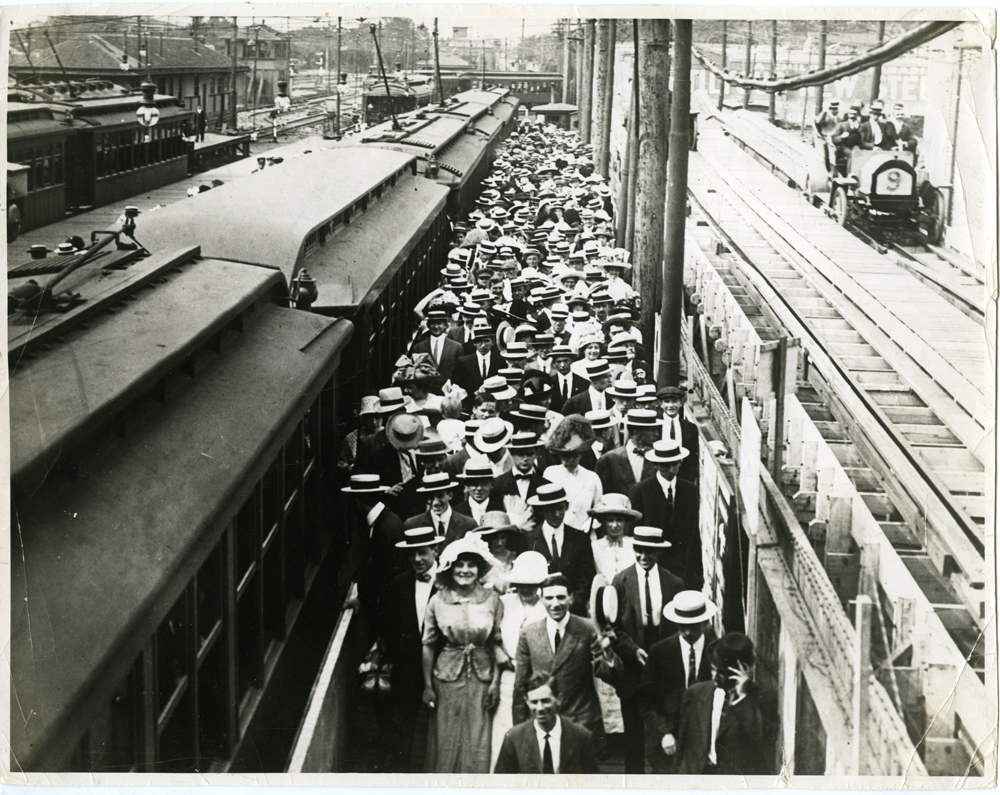
An actual decommissioned station with perfectly-kept trains and buses from 1908 to today allows you to dive into a period of your choice. Getting into the Brooklyn Union Elevated car 1407 and you are in 1910-1920, suddenly you see a gentleman reading the New York Times, he would rise a hat in salutation and ask: “did you hear the news of the Russian Revolution ma’am?” Move to R-15 and you are in the 1950-1970, maybe you will notice someone from the Madmen office.
If you are not into history, then you might think that the museum in an abandoned subway station with an old fleet is not that exciting, but when you take the subway in NYC we are sure you are inspired by the talented musicians and impromptu performers. Every year the museum organizes a PLATFORM event: a series of cross-disciplinary programs created by the public for the public with an open mic night for musicians, historians and urbanists - a show-and-tell for creative musings on mass transit. Anyone who has a performance about transportation is welcome – the next festival will be held in spring 2017.
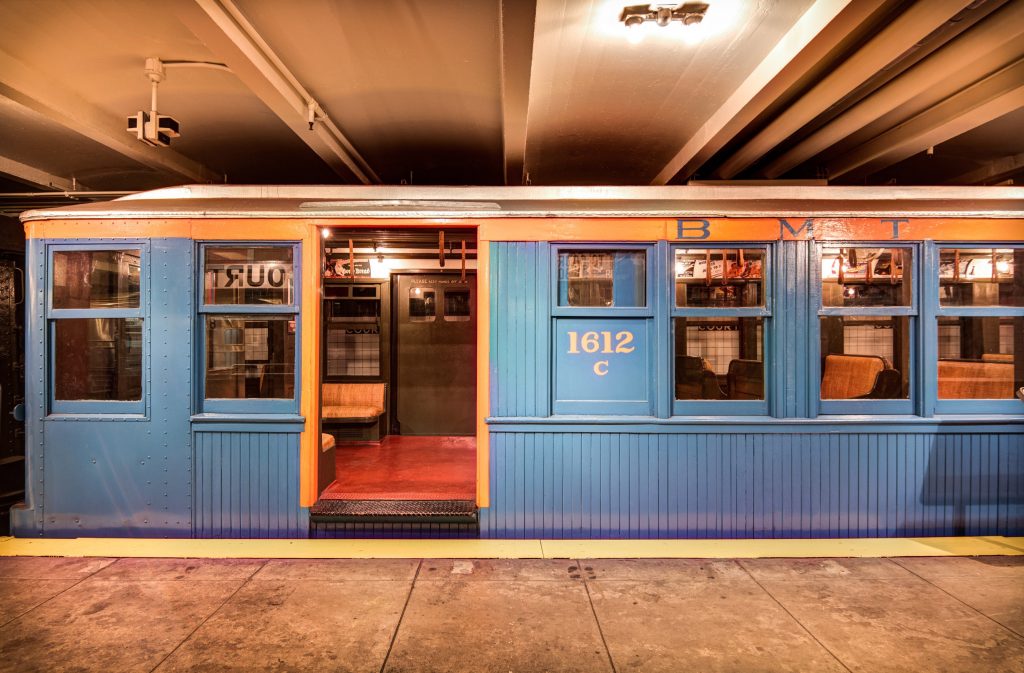
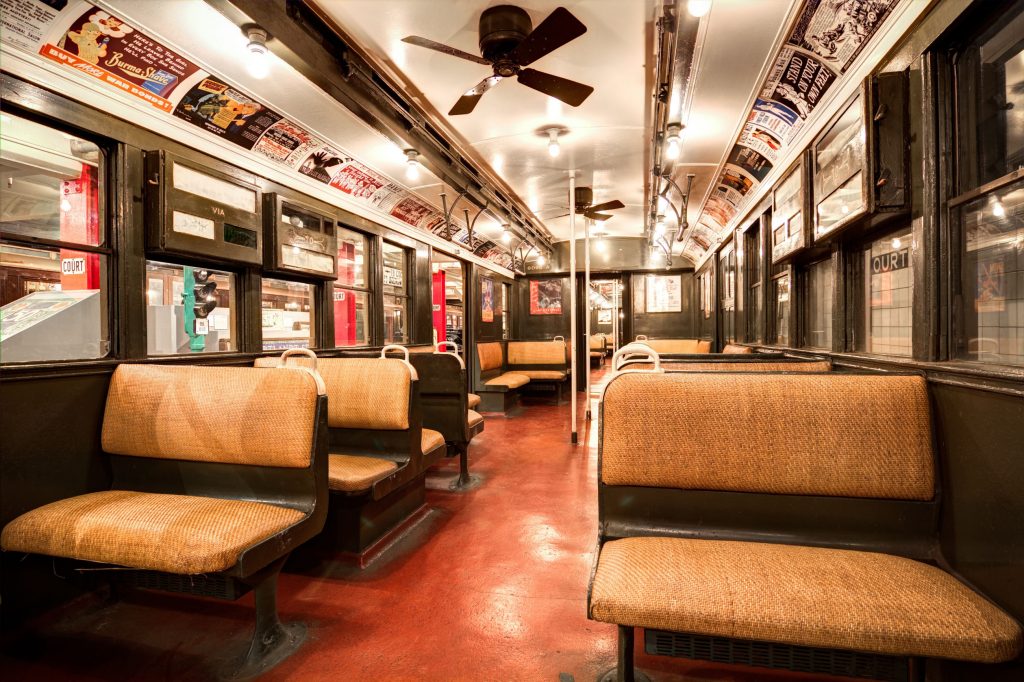
When visiting someone’s home, you can learn so much more about a person, even if you are not Sherlock Holmes. Looking at Amsterdam from the inside of a river house you will understand the Dutch better, visiting the symbol of the revolution that actually didn’t want to help the revolution you will realize that sometimes it takes years to learn the truth, strolling through the transportation museum you will feel the history of The City, and in the Udvar-Hazy Center near the Washington Dulles Airport you will learn whether you could be an astronaut while screaming “Nooooooo” in the incredibly true-to-life simulators that make you perform 360-degree barrel rolls.
